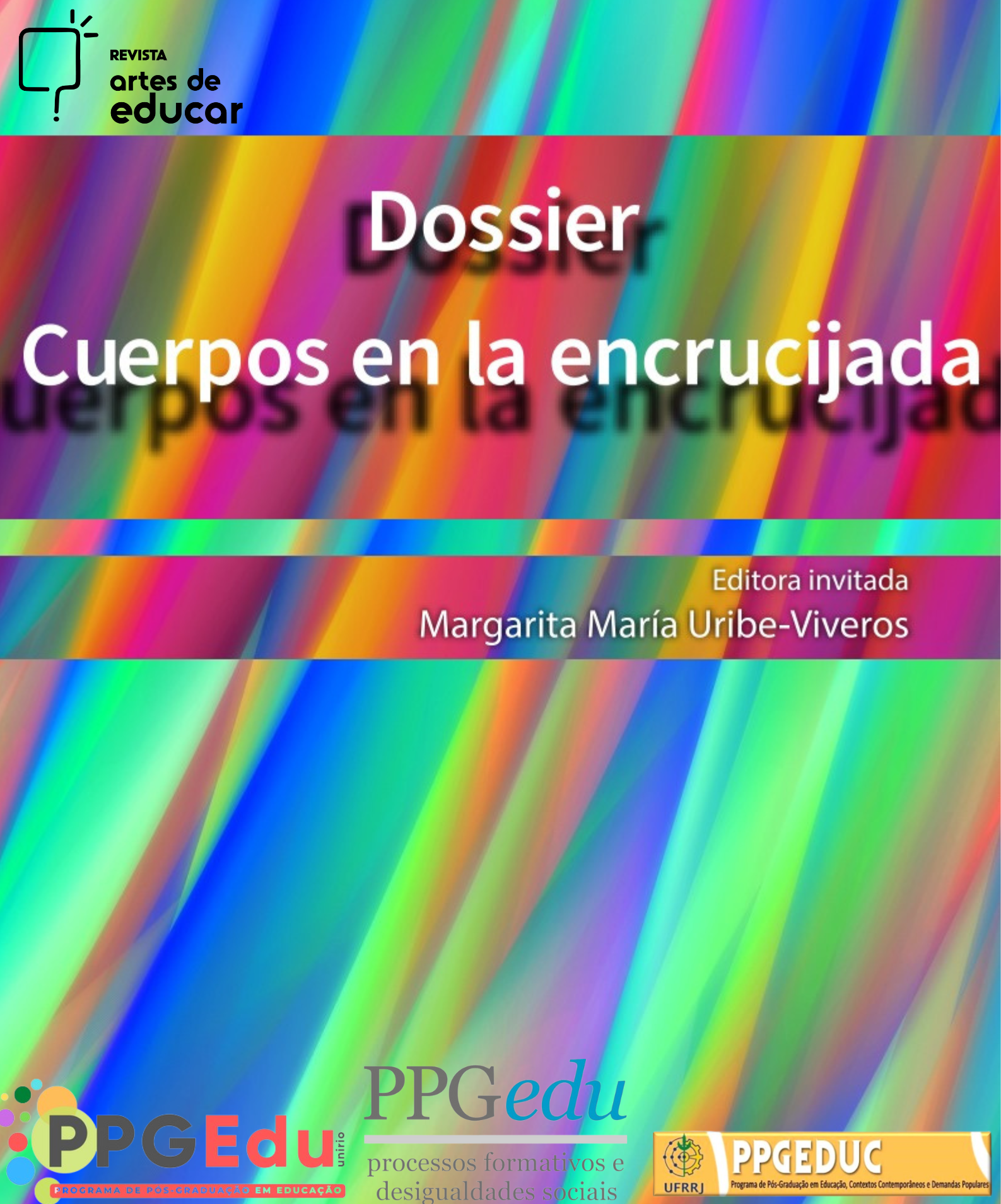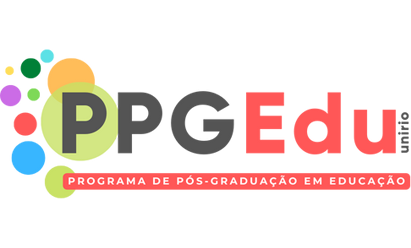A ESCRITA CARTOGRÁFICA E A DIMENSÃO COLETIVA DA EXPERIÊNCIA
DOI:
https://doi.org/10.12957/riae.2023.80661Abstract
This paper continues the discussion of the problem of writing in research that uses the cartography method in theses, dissertations and articles. The starting point is the definition of cartography as a methodological principle of the rhizome (DELEUZE; GUATTARI, 1995) and the clues proposed by Passos, Kastrup and Escóssia (2009) and by Passos, Kastrup and Tedesco (2014). The objective is to analyze the difficulties and strategies of learning cartographic writing in training spaces, highlighting the collective dimension of the research experience. It highlights that the main guideline of the cartographic writing policy is to avoid the representational writing policy, based on supposedly objective and neutral information. The study also analyzes the experience of a writing workshop held during the pandemic and highlights the potency of ecosystems that are less hierarchical and more favorable to attentive listening, sharing of affection and care. It seeks to demonstrate that cartographic writing is based on an inventive cognitive policy and has a collective dimension, even when it is based on experience that is narrated in the first-person singular. It concludes that writing with affections requires strategies for deconstructing the politics of representational writing and experimenting with inventive and collective writing strategies, aiming to produce contagion and intervention effects.
Published
How to Cite
Issue
Section
License
Copyright (c) 2023 Virgínia Kastrup

This work is licensed under a Creative Commons Attribution-NonCommercial 4.0 International License.
Authors retain copyright to their work, are permitted to publish and distribute their work online (e.g., in institutional repositories or on their personal page) at any point before or during the editorial process, as this may generate productive changes, as well as increasing the impact and citation of published work.
The acceptance of the text implies the authorization and exclusivity of the Revista Interinstitucional Artes de Educar regarding the right of first publication, the published works are simultaneously licensed with a Creative Commons Attribution-Non Commercial 4.0 International License 























